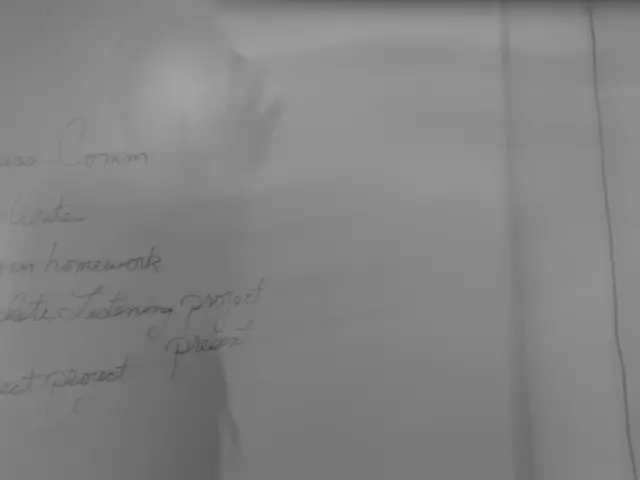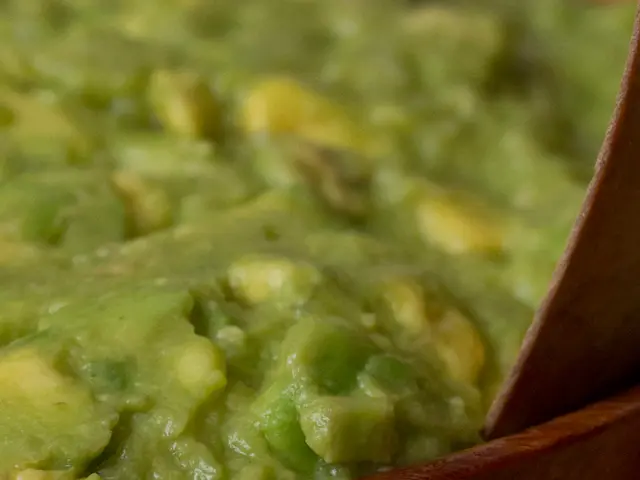Under the kitchen sink, it's important to distinguish between suitable and unsuitable items.
Have you taken a look at the space under your kitchen sink recently? It's likely a place you avoid because it's become a cluttered mess filled with various items that you can't seem to keep organized. If only tidying this area was as simple as learning how to clean your kitchen sink.
Visualize this: Towering stacks of kitchen towels, dish-washing supplies, old sponges, and recycled bags - the list of items that seem to be perfect for under-the-sink storage goes on and on. No matter how charming your farmhouse kitchen sink may be, a mess of clutter hidden beneath it can make it difficult to fully enjoy.
However, there's a silver lining! Below, we're providing you with an easy-to-follow guide on what you should and shouldn't store beneath your kitchen sink.
What Not to Store Under Your Kitchen Sink
The cabinet under your sink is often one of the easiest places to accumulate clutter, thanks to the maze of pipes that live there as well. A good rule of thumb? "Reserve this cabinet for cleaning items that relate to the kitchen only," says professional organizer Ginny Underwood, founder of Virginia's Easy Living Solutions in Bluffton, S.C. Any supplies used for other areas of your home, such as toilet cleaners or feather dusters, should be removed.
Begin by emptying out everything in your kitchen-sink cabinet and taking inventory. If there are any spills, be sure to clean them up before evaluating which items should be returned and which should be relocated.
Excess Supplies
Your entire Costco haul doesn't belong here. Open boxes of trash bags, dishwasher tabs, dish soap, and extra items should be placed in a closet or another storage area instead.
Harsh Chemicals
Powerful cleaners like bleach are necessary at times, but these chemicals should be stored securely in the garage or basement, out of reach of small children and away from everyday items.
Flammable Products
Common products like solvents, thinners, polishes, paints, and some cleaners can randomly catch fire in the right conditions. The most hazardous cause of spontaneous combustion is oily rags used for furniture polish or varnishes, particularly those containing linseed or flaxseed oil. These items do not belong in your kitchen.
Kitchen Towels and Paper Bags
While convenient, these items do not belong under the sink as they could be ruined by a leak. Opt for storing them in a nearby closet or another cabinet instead.
Pet Food
While your pet's food may not be your first choice for storage next to your human food in the pantry, it also should not be stored underneath the sink. Humidity in this area can cause mold and mildew to grow in the food, and chemicals from cleaning supplies stored beneath the sink could contaminate the food as well.
Small Appliances
There never seems to be enough room to store small appliances, such as miniature vacuums or food processors, but they should not be placed under the kitchen sink. These small electronic appliances are easily ruined by leaks or excess moisture.
What to Store Under Your Kitchen Sink
Organization Tools
Some tools you already use for kitchen organization are essential for keeping your under-sink cabinet in good shape. Pullout trays, tension rods, and even S-hooks or baskets are inexpensive organizing solutions, says Underwood.
Simpler solutions include using plastic containers or tubs to keep your supplies together. "With containers, you can take out the unit as a whole and easily clean underneath," says Suzanne Pollak, co-founder of the Charleston Academy of Domestic Pursuits. Just make sure to run the containers through the dishwasher a few times a year. Using clear containers also allows you to see what items are running low, so you can restock before running out.
An Absorbent Mat
Before placing any products back under the cabinet, consider laying a mat across the bottom to soak up water in the event of a leak. "This protects the cabinetry and prevents the formation of mold due to leaks into the cavity from under and behind the sink," says David Schneider, a residential interior designer based in St. Louis.
Cleaning Products
There are a few essential items that you should always have on hand. These include distilled or cleaning vinegar, dish soap, and scouring products, says Pollak. Under the kitchen sink is a convenient place to store sponges, cleaning brushes, and scrubbers. Just be sure to replace them frequently, as they are one of the most germ-ridden items in your kitchen.
A Small Fire Extinguisher
This safety precaution is crucial in the event of a grease fire, which you hopefully never have to use. "While it's rare to need it, it's better to have it close at hand," says Lisa Dooley, a Boston-based organizing coach and owner of Your Organized Life. Just make sure your fire extinguisher is up-to-date.
Down underneath the sink, you'd typically find one of those peculiar devices meant for disentangling your clogged garbage disposal. It's a common occurrence for this tool to go missing, especially when you need it the most during a jam-up situation, as pointed out by Schneider.
Incorporating organization tools like pullout trays, tension rods, and containers from RealSimple can significantly improve the storage and maintenance of items under your kitchen sink. To ensure the longevity of your cleaning tools, place them on an absorbent mat to soak up any potential water leaks.






